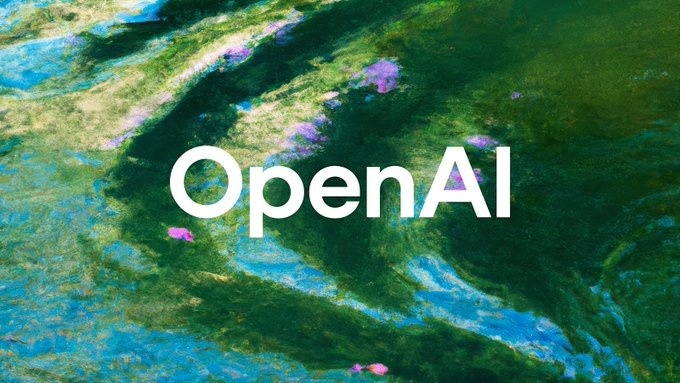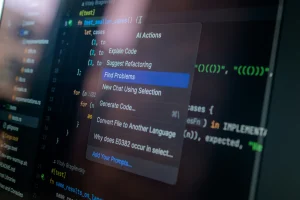OpenAI: A Journey Back to Transparency and Innovation

OpenAI is making significant strides by returning to its foundational principles. They’re focusing on transparency and open access in artificial intelligence. These efforts are designed to assure developers and users of their commitment to accessible technology. It’s a monumental pivot in a competitive landscape. OpenAI’s move could redefine industry standards for openness.
The company’s latest announcements showcase a renewed dedication to community engagement. By releasing an open-weight language model, OpenAI signals a shift back to sharing knowledge freely. This decision comes after a period of limited openness, reflecting a strategic change. OpenAI’s actions highlight their responsiveness and adaptability, serving as a potential catalyst for industry-wide collaboration.
Runway’s Next-Gen Video Model
Runway has unveiled its Gen-4 video model, marking a leap forward in video creation. This model offers high fidelity and consistency in styles, characters, and settings, addressing longstanding challenges for creators. Five impressive short films demonstrate Gen-4’s capabilities, showcasing its potential in revolutionizing content creation for filmmakers.
AI in Drug Discovery Expands
AlphaFold’s recognition is noteworthy, setting a precedent in AI-driven science. The program predicts protein structures, earning a Nobel Prize for its creators. With new funding, Isomorphic Labs plans to enhance its capabilities further, potentially transforming drug discovery processes and outcomes.
Apple’s AI Health Innovations
Apple’s experts are already training these models. The rollout could commence by 2026, redefining personal healthcare guidance through AI, with potential widespread implications for health management technologies.
Amazon’s Autonomous Models
An early version of AI-powered Alexa Plus is also in the works. This signifies Amazon’s efforts to innovate in AI, ensuring its relevance in dynamic tech environments through autonomous solutions.
OpenAI’s Open-Source Era
This move comes after a long hiatus from open-source releases, last seen with 2019’s GPT-2. OpenAI is targeting efficient models that could run on personal devices.
OpenAI’s Open-Source Strategy
The latest efforts reflect OpenAI’s response to criticism about their perceived lack of transparency. Collecting community feedback suggests a willingness to adapt, promising a collaborative future between OpenAI and the tech community. The release aims to enhance accessibility and encourage innovation across industries.
AI Tools Boosting Productivity
AI’s transformative potential is evident in MoEngage’s tool for managing alerts, which substantially reduces costs. ChatBox also serves as a multifunctional assistant, demonstrating AI’s adaptability in daily tasks. These advancements underscore AI’s integral role in boosting productivity and driving business success.
Social Trends and AI Demand
Peter Yang’s AI model features table aids in understanding various capabilities. Such tools highlight the competitive nature of AI, emphasizing the importance of keeping pace with technological advancements.
OpenAI’s Financial Milestones
Collaborations and acquisitions, such as AMD’s purchase of ZT Systems, further showcase the dynamic nature of the AI sector, emphasizing the strategic importance of partnerships.
The Future of OpenAI and Industry Impact
The focus on open models and substantial funding suggest a promising future, encouraging broader participation. OpenAI’s journey back to its roots may inspire other tech companies to balance innovation with openness.
OpenAI’s renewed open-source strategy highlights a pivotal shift towards transparency in AI. This approach may set new industry standards, promoting wider access and collaboration. As they chart this path, OpenAI’s influence could inspire transformative progress across technological landscapes.





